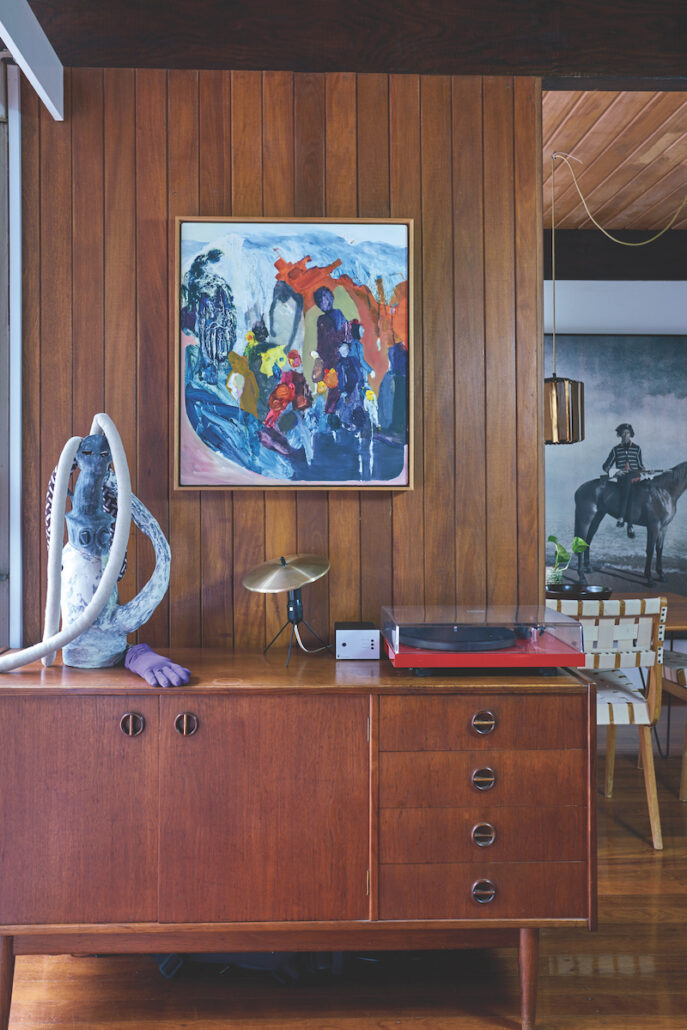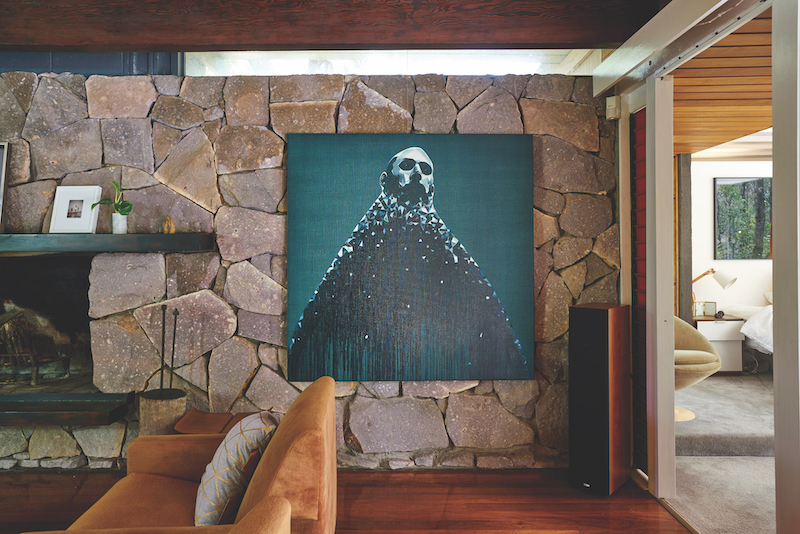The traditional advice about collecting art often suggests starting with lower-cost items – works on paper, prints, posters – before graduating to pieces that are usually more expensive: think paintings, sculptures, installations. In recent decades, however, there have been significant shifts to this model. There are many more collections, large and small, and the approach to buying art has become as individual as the works themselves.
Catherine Asquith
Art Advisor Catherine Asquith believes there may even be an emerging class of collectors. “They are often young, they have ample discretionary funds, and they’re willing, educated and well-travelled. And they’re looking to start mid-range. It won’t be an issue for them to commence their collection with a $50,000 artwork.”
The new generation that Asquith is describing often has confidence borne of their own professional success, education and familiarity with art and culture, a by-product of spending time in other places. She believes that the idea of starting small also “goes back to when the market was more cut off from the global contemporary scene”, a time when it was more insular.
“Collecting now is about the artwork itself, not particular genres. It is about what they want to achieve with the collection, their objectives and goals. Private collections are a reflection of peoples’ own lives.”
Danielle Renshaw
Danielle Renshaw, who is an art consultant and gallerist, also believes that starting points are diverse. “I don’t think it has anything to do with income level,” she says, “as we work with people who may just be starting out. I find it’s often more interesting to partner collectors with artists. So if they’re a young collector, we pair them with young artists so that their careers grow simultaneously, as incomes and ambitions mature. What eventually makes people collectors is that moment when they fall in love with the journey or with the story, of either an artist or an art movement.”
The type of coalescence that she describes is an engagement with the meaningful aspect of the visual arts, something that is often forgotten when artworks become discussed as investment items. For Renshaw, “Once people have an area in which they really enjoy collecting, that’s when they move from art buyers to collectors.”
Rowena Cornwell
Coop Creative’s Rowena Cornwell has purchased art every year for decades. The meaning and importance of her diverse collection can’t be quantified. “What might stitch my group of works together is the figure within a landscape or within a space, and not particular media. I’ve got photographs, works on paper and acrylics. The very first purchase I made was a Crispin Akerman painting from Jan Murphy Gallery when I was a mature-aged student.”
As an interior designer with a beautiful home, Cornwell’s feelings about the primacy of her collection will resonate with many. “I could live in a caravan – as long as my paintings were with me. It’s not the four walls and the architecture that makes where I live home, it’s the work: it’s like a mirror. I remember where I was and why each artwork I own speaks to me.”
As in every important acquisition, the best advice about art remains relevant: learn, read, seek out reputable dealers and galleries, and follow your interests and instincts. Art should surprise and challenge as much as it delights, stretching towards new understandings.
Above: In the lounge room hangs a painting by Laith McGregor Zephyr, and on the mantle sits a photo by Sarah Ryan titled Orchids. Photos: Alex Chomicz. Courtesy: the Bowerman Collection and Danielle and Ryan Renshaw.

Above the kitchen table is Untitled (Green) by Martin Thompson. To the right of Martin’s work is Rebecca Baumann’s Colour Clock (CMYK). Photos: Alex Chomicz. Courtesy: the Bowerman Collection and Danielle and Ryan Renshaw.

The sculpture is by Sarah Contos. The painting is by Karen Black titled The Limestone Cliffs. In the background is Civilised #13 by Michael Cooks. Photos: Alex Chomicz. Courtesy: the Bowerman Collection and Danielle and Ryan Renshaw.

